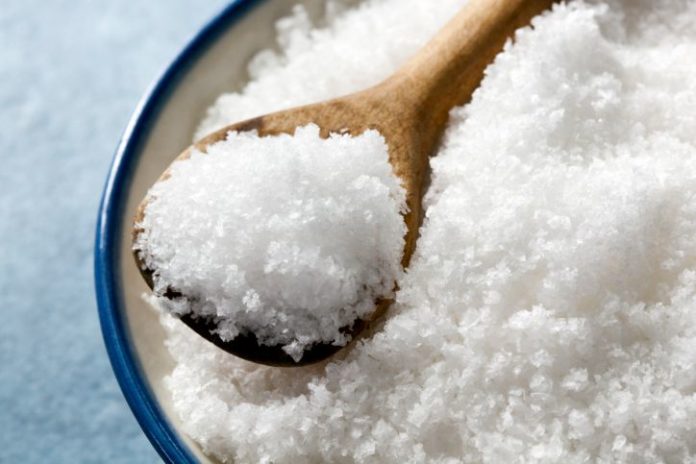In an era where manufacturers are meant to be reducing salt levels in processed food, a CHOICE review of kids’ food has found unacceptably high-levels of salt in a raft of products, including breakfast cereals and lunch box snacks. In some instances, a food product marketed at children was found to have more salt than the adult equivalent.
Using data provided by The George Institute for Global Health, CHOICE reviewed the nutritional content of more than 240 products aimed at, or likely to be consumed by, children. Of those, 20% were classified as high in salt, nearly 60% had medium levels and only 20% were classified as low in salt.
Alarmingly, 72 kids’ products had more sodium per 100 grams than Smith’s Original Chips. Some sweet snacks were found to contain considerable levels of salt with a lunch-box size pack of Tiny Teddies, for example, having almost as much sodium as a lunch-box pack of Smiths Original Chips – 87 mg for the Tiny Teddies and 91 mg for the chips.
“We know that children need very little salt to stay healthy and should be eating much less of it than adults. Experts say the taste for salt is learned and feeding children food that is high in salt is setting them up for a life-time of poor and unhealthy habits,” says Ms Angela McDougall, CHOICE food policy advisor.
Professor Bruce Neal from The George Institute for Global Health says salt is a leading cause of ill health in Australia, pushing up blood pressure from childhood. “Recommended intake levels for children are much lower than for adults so this data is very concerning. This calls for much tougher action to control the food industry, so it is not profiting at the expense of our children’s health.”
From breakfast up until dinner time, kids face a number of salty options. CHOICE’s survey found:
- Of the 36 breakfast cereals, 60% had medium levels of salt with Kellogg’s Crispix Honey Cereal and Coles Rice Puffs having high levels.
- Two-thirds of 64 savoury snacks were high in sodium with pre-packaged cheese dips and crackers the worst offenders.
- Around 80% of 70 sweet snacks were found to have medium sodium levels.
Ms McDougall also says another worrying trend is the marketing kids’ food as ‘healthy’ when it isn’t.
“Woolworths has launched a kids’ range and even though many of the products are in the health food aisle, some have more salt than the adult alternative,” she says. “These organic products are marketed as a good choice for hungry little mouths yet many do not deserve this healthy halo.”
The 2007 National Children’s Nutritional and Physical Activity Survey found salt consumption among children aged two to 16 was well above the recommended level.
CHOICE recommends:
- Look carefully at food labelling. Brands and quotes such as ‘healthy’, ‘organic’ and ‘natural’ do not automatically mean food is nutritious.
- Check the labels on foods not considered to be ‘salty’ such as cereals and sweet biscuits, as they may contain high levels of hidden sodium.
- Remember food located in the ‘health’ or ‘free from’ aisle may have just as much sodium, sugar or saturated fat as products in the rest of the supermarket










